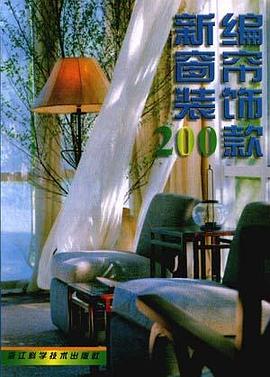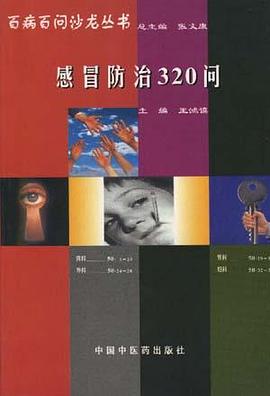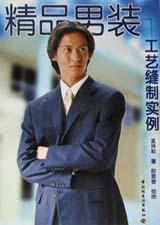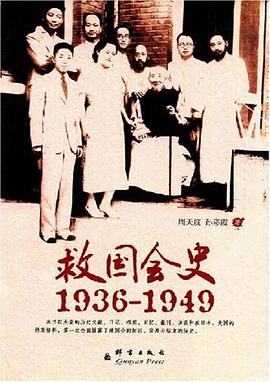Contents
The author and series editor
Foreword
Introduction
How to use this book
1 Listening
1.1 Listen and do-TPR activities
1.2 The Frog family
1.3 Timmy goes shopping-listen and identify
1.4 Complete a grid
1.5 The Pied Piper--listen and draw a route
1.6 Make an instructions machine
1.7 The teacher is a cassette player
1.8 In the playground
2 Speaking
2.1 Simple speaking activities
2.2 On the farm-an information gap activity
2.3 A class survey-favourite sports
2.4 Tongue-twister
2.5 The Three Little Pigs-a story build
2.6 A questionnaire on health
2.7 Telling lies
3 Reading
3.1 Making greetings cards
3.2 Problem solving
3.3 The washing line
3.4 Sort it out
3.5 At a restaurant
3.6 Making milkshakes
3.7 Your lucky number
4 Writing
4.1 Variations on a gal
4.2 The other day
4.3 The chocolate cake
4.4 Simple poems
4.5 Name poems
4.6 Story writing
5 Vocabulary and grammar
5.1 Flashcard idea'
5.2 Vocabulary networks
5.3 Guess the words
5.4 A very long sentence
5.5 Odd words out
5.6 The lost pet
5.7 Keeping the rule
5.8 Colour parsing
6 Games
6.1 Forming groups
6.2 Scoring games
6.3 Word games
6.4 Happy families
6.5 A board game
6.6 Carolyn's grammar game
6.7 A treasure hunt
6.8 Body writing
6.9 All change
7 Songs and chants
7.1 Action songs
7.2 Poems, rhymes, and chants to say
7.3 Exploiting songs
8 Creative activities
8.1 Milly and Molly and the Big Bad Cat
8.2 Vocabulary jigsaw
8.3 Pick ul two (pelmanism)
8.4 Make a weatl er clock
8.5 Spinner
8.6 Twin plasticine monster
8.7 Making puppet
8.8 Growing seed
8.9 Making mask -
8.10 Making books
9 Video
9.1 Maklng the most of a videe
9.2 Spot the items
9.3 Act out a scene
9.4 Back-to-back
9.5 Film a dialogue
10 Putting it all together
Classroom management
Lesson content
Lesson planning
1 Starting with the language
2 Starting with a topic
3 Supplement the coursebook
Photocopiable worksheets
Further reading
Index
· · · · · · (
收起)






















